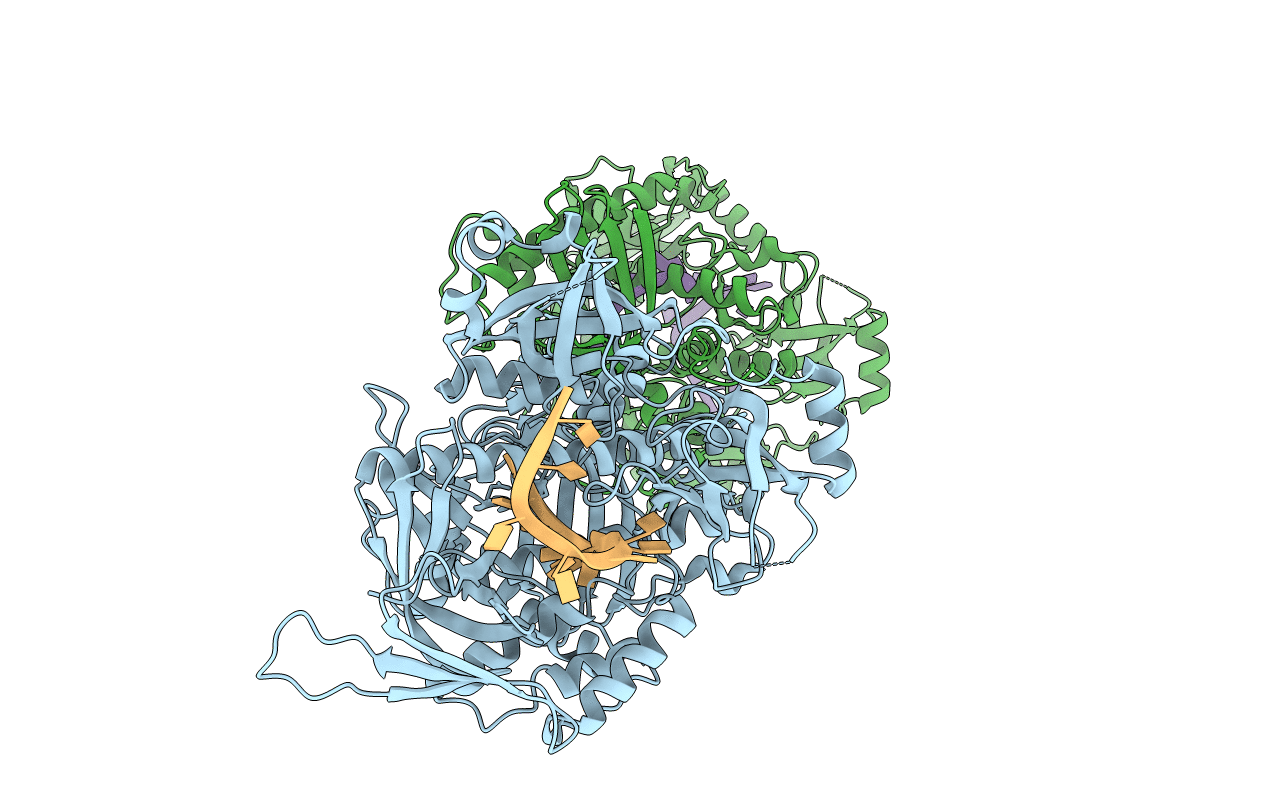
Deposition Date
2014-05-22
Release Date
2014-07-30
Last Version Date
2023-12-27
Entry Detail
PDB ID:
4PMW
Keywords:
Title:
Structure of mouse Dis3L2 in complex with oligoU RNA substrate
Biological Source:
Source Organism:
Mus musculus (Taxon ID: 10090)
unidentified (Taxon ID: 32644)
unidentified (Taxon ID: 32644)
Host Organism:
Method Details:
Experimental Method:
Resolution:
2.95 Å
R-Value Free:
0.25
R-Value Work:
0.20
R-Value Observed:
0.20
Space Group:
P 1 21 1


